Related Blogs
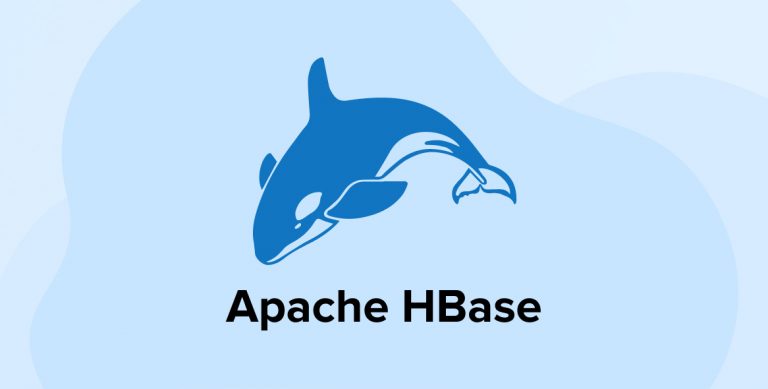
Like Google’s Bigtable and in hard competition to it, Apache HBase is an open-source, non-relational, scalable, and distributed database developed as part of Apache Software Foundation’s Apache Hadoop project. It operates on top of HDFS (Hadoop Distributed File System) in the architectural structure, which has Bigtable capabilities equivalent to Hadoop.

Hadoop can perform only batch processing, and data will be accessed only in a sequential manner. That means one has to search the entire dataset even for the simplest of jobs. Over others, purposes to use HBase are Data Volume (in petabytes data format), Application Types (variable schema with somewhat different rows), Hardware environment (running on top of HDFS with larger number of nodes (5 or more)), No requirement of RDMS (without features like transaction, triggers, complex query, complex joins, etc.) and Quick access to data (only if random and real-time access to data is required).In complex systems of BigData analysis, HBase and Hive – important Hadoop based technologies can be used in conjuction also, for further extended features to reduce the complexity.
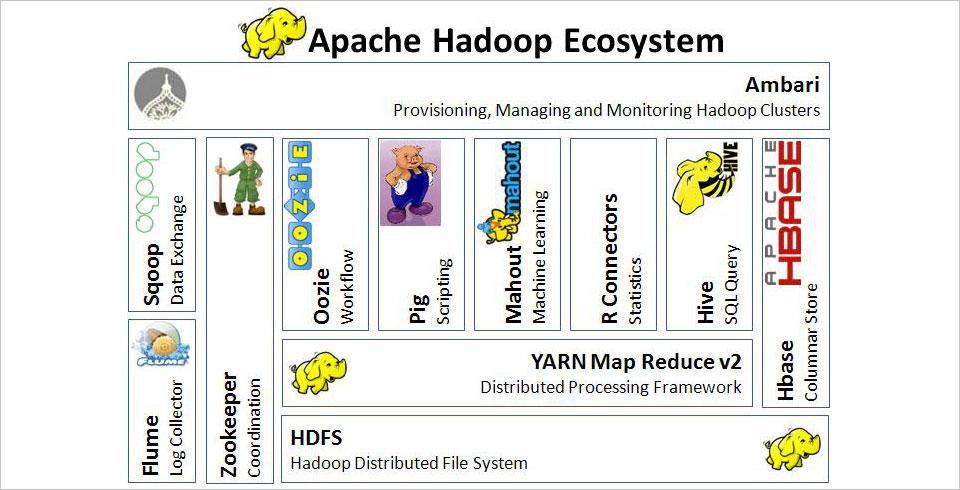
Background
- Apache HBase is the current top level Apache project which was initiated by the company in the name of “Powerset”. The process was to process a large number of data and make it compatible to natural language search.
- Facebook even implemented its new messaging platform in Apache HBase.
- The 1.2.x series is considered to be stable release line. (as of February 2017)
Data can be stored to HDFS either directly or via HBase. Data consumer reads or accesses the data in HDFS randomly with HBase. HBase stays on top of the Hadoop File System and provides both read and write access.
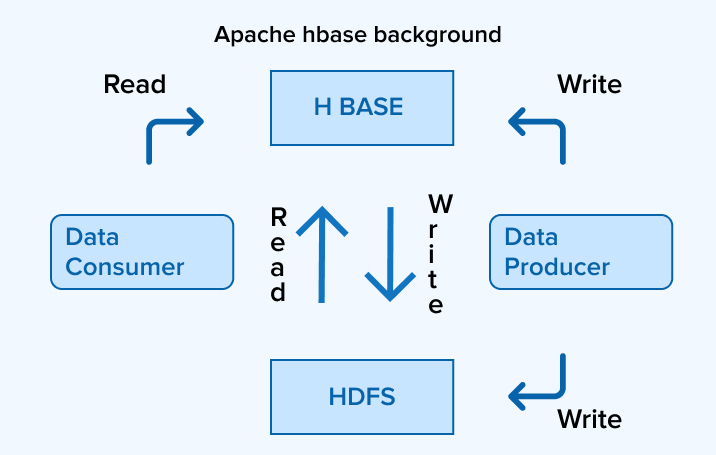
HBase vs HDFS
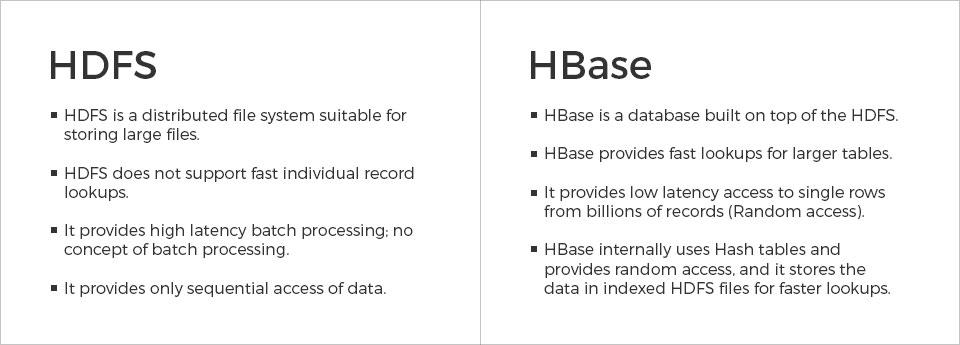
Storage Mechanism
HBase is a column-oriented database. The tables in HBase are sorted by row. The table schema represents only column families, which are commonly called the key-value pairs. A table has several column families and each column family possesses multiple columns. Succeeding column values are stored constantly on the disk. Furthermore, each cell value of the table has a timestamp.
- Table is a collection of rows
- Row is a collection of column families
- Column family is a collection of columns
- Column is a collection of key value pairs
Features:
- Linearly scalable
- Automatic Failure Support
- Consistent Read and Write facility
- Integrates with Hadoop, both as Source and Destination
- Caters easy Java API for client
- Data replication across clusters
Architecture:
In HBase, tables are divided into smaller regions and are assisted by the region servers. Each region is further vertically partitioned by column families into parts, commonly known as Stores. Each store is saved as a file in HDFS. Below diagram is the architecture of HBase:
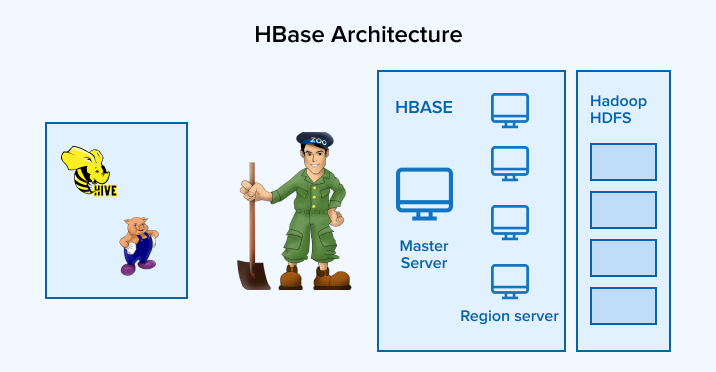
Note: The term ‘store’ is used for regions to explain the storage structure.
Setting up Runtime Environment
Following are the pre-requisites for HBase –
- Create a separate Hadoop user (Recommended)
- Setup SSH
- Java
- Hadoop
- Configuring Hadoop
- core-site.xml – Adding host & port (HDFS URL), total memory allocation of file system, size of read/write buffer
- hdfs-site.xml – Should contain values of replication data, namenode path, datanode path, etc
- yarn-site.xml – Useful to configure yarn in Hadoop
- mapred-site.xml – Used to specify which MapReduce framework
- Installing HBase
We recommend to use HDP for learning purpose as it has all the pre-requisites already installed. We are using HDP v2.6 for demo purpose.
Java API
To communicate Java API is provided which apparently is the fastest way to deal with. All DLL operations are mainly facilitated by HBaseAdmin. Sample code to receive HBaseAdmin instance is mentioned below:
Configuration conf = HBaseConfiguration.create(); conf.set("hbase.zookeeper.quorum", "<server_ip>:2181"); conf.set("zookeeper.znode.parent", "/hbase-unsecure"); HBaseAdmin admin = new HBaseAdminconf);</server_ip> |
Note: Mentioned HDP is running on IP 192.168.23.101 and port 2181 and is connecting it from local system.
DDL Commands
Create Table:
HTableDescriptor tableDescriptor = new HTableDescriptor("user"); // Add column families to table descriptor tableDescriptor.addFamily(new HColumnDescriptor("id")); tableDescriptor.addFamily(new HColumnDescriptor("username")); //Execute the table using admin object admin.createTable(tableDescriptor); |
Alter Table:
HColumnDescriptor columnDescriptor = new HColumnDescriptor("emailId"); admin.addColumn("employee", columnDescriptor); |
Disable Table:
admin.disableTable("user"); |
Delete Table:
admin.deleteTable("user"); |
List Table:
String str[] = admin.getTableNames(); |
DML Commands
For DML operations, need to use HTable class. Following is the code snippet for the same. Don’t forget to close HTable after finishing.
// instantiating HTable class HTable hTable = new HTable(conf, "user"); hTable.close(); |
Insert/Update Data:
// instantiating Put class Put put = new Put(Bytes.toBytes("myRow")); // adding/updating values using add() method put.add(Bytes.toBytes("personal"), Bytes.toBytes("name"),Bytes.toBytes("john")); put.add(Bytes.toBytes("personal"), Bytes.toBytes("city"),Bytes.toBytes("Boston")); put.add(Bytes.toBytes("professional"),Bytes.toBytes("designation"), Bytes.toBytes("APM")); put.add(Bytes.toBytes("professional"),Bytes.toBytes("salary"), Bytes.toBytes("50000")); // saving the put Instance to the HTable hTable.put(put); |
Read Data:
Get get = new Get(Bytes.toBytes("row1")); // fetching the data Result result = table.get(get); // reading the object String name = Bytes.toString( result.getValue( Bytes.toBytes("personal"), Bytes.toBytes("name"))); String city = Bytes.toString( result.getValue( Bytes.toBytes("personal"),Bytes.toBytes("city"))); |
Delete Data:
Delete delete = new Delete(Bytes.toBytes("row1")); delete.deleteColumn(Bytes.toBytes("personal"), Bytes.toBytes("city")); delete.deleteFamily(Bytes.toBytes("professional")); // deleting the data table.delete(delete); |
Security:
- Grant Permission: It grants specific rights such as read, write, execute, and admin on a table to a certain authorized users. The syntax of grant command is as follows:
grant <user> <permissions> [<table> [<column family> [<column; qualifier>]]
- Revoke Permission: The revoke command is used to revoke a user’s access rights of a table. Its syntax is as follows:
revoke <user>
- Check Permission: The “user_permission” is used to list all the permissions for a particular created task.
Why to choose HBase?
Looking to the business perspectives for the acceptance of Apache HBase and using it as a prominent solution for fetching out and synchronizing data, it is wiser to look into the benefits of it and then select it, in context of others.
Pros
- Built-in versioning
- Strong consistency at the record level
- Provides RDBMS-like triggers and stored procedures through co-processors
- Built on tried-and-true Hadoop technologies
- Active development community
Cons
- Lacks with a friendly, SQL-like query language
- To setup beyond a Single-Node development cluster is not easy
Apart from, Scalability, sharding, Distributed storage, Consistency, Failover support, API support, MapReduce support, Backup support and Real time processing are the core features that make it unique from others. In a nutshell, it surely revolutionize the existing system to synchronize the structured and unstructured data.
Related Service
Custom Software Development
Know more about custom software development services
Learn moreSubscribe to our Newsletter
Signup for our newsletter and join 2700+ global business executives and technology experts to receive handpicked industry insights and latest news
Build your Team
Want to Hire Skilled Developers?

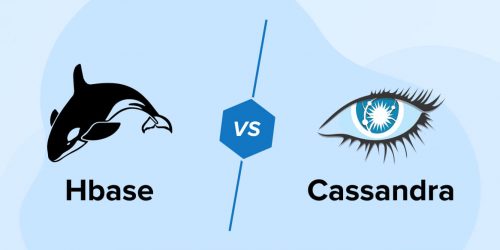
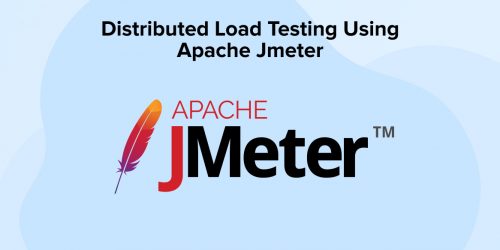


Comments
Leave a message...